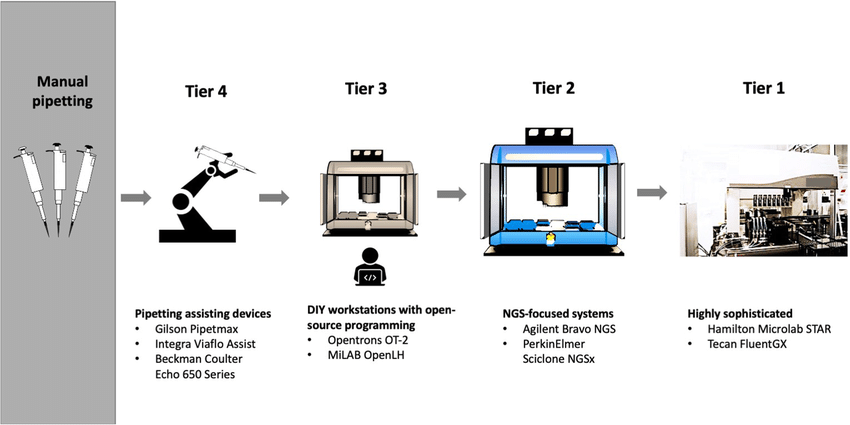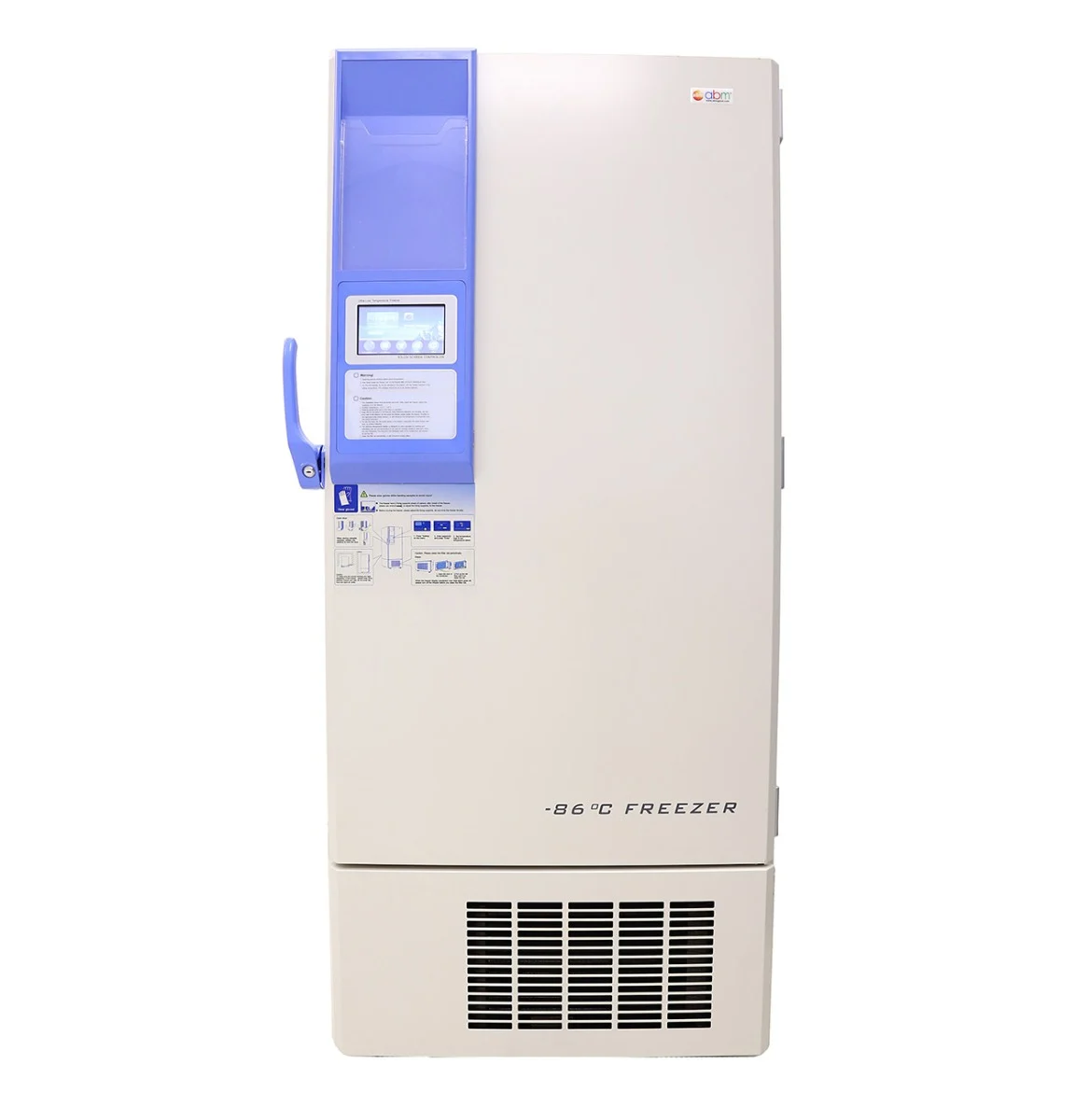A well-managed laboratory is the engine that drives scientific progress. From groundbreaking research to routine diagnostics, optimizing laboratory operations is crucial for ensuring accuracy, efficiency, and ultimately, impactful results. This blog explores real-world case studies showcasing successful lab management strategies in action.
1. Case Study: Streamlining Workflow in a High-Throughput Research Lab
Challenge: A research lab studying protein interactions struggled with bottlenecks in sample preparation, data analysis, and communication between researchers. This hampered their ability to process large numbers of samples efficiently.
Solution: The lab implemented a laboratory information management system (LIMS). This software streamlined workflows by automating data entry, tracking samples, and facilitating communication between team members. Additionally, they invested in automated liquid handling robots for sample preparation, freeing researchers for higher-level tasks.
Results: The LIMS significantly reduced errors and improved data integrity. Automated sample preparation increased throughput, allowing the lab to analyze more samples in a shorter timeframe. Enhanced communication improved collaboration and ensured everyone was on the same page.
2. Case Study: Enhancing Inventory Management in a Clinical Laboratory
Challenge: A busy clinical lab faced frequent stockouts of essential reagents and consumables, leading to delays in analysis and patient care. Additionally, managing expiring materials and maintaining proper storage conditions proved cumbersome.
Solution: The lab implemented a comprehensive inventory management system. This included barcoding reagents and equipment, utilizing a just-in-time ordering approach, and setting up automated reorder points for crucial supplies. They also invested in improved storage solutions to ensure proper temperature and humidity control for sensitive reagents
Results: The new system minimized stockouts and ensured a consistent supply of necessary materials. Automated reordering reduced the risk of running out of critical supplies. Improved storage conditions further enhanced reagent efficacy and minimized waste.
3. Case Study: Fostering a Culture of Safety in a Teaching Laboratory
Challenge: A university teaching lab faced challenges in ensuring consistent adherence to safety protocols amongst students with varying levels of experience. This increased the risk of accidents and injuries.
Solution: The lab implemented a comprehensive safety training program. This included mandatory online modules, hands-on workshops, and regular safety inspections. The lab also adopted a peer-review system where students could observe and report any potential safety hazards.
Results: The training program enhanced student awareness of safety protocols, leading to a significant decrease in accidents. The peer-review system fostered a culture of shared responsibility for safety within the lab environment.
These case studies highlight the importance of:
- Identifying bottlenecks and inefficiencies
- Implementing appropriate technology solutions (LIMS, automation)
- Optimizing workflows and standardizing procedures
- Effective communication and collaboration
- Prioritizing laboratory safety
By adopting these strategies, laboratories can achieve greater efficiency, accuracy, and ultimately, contribute to a more productive and impactful scientific environment.


